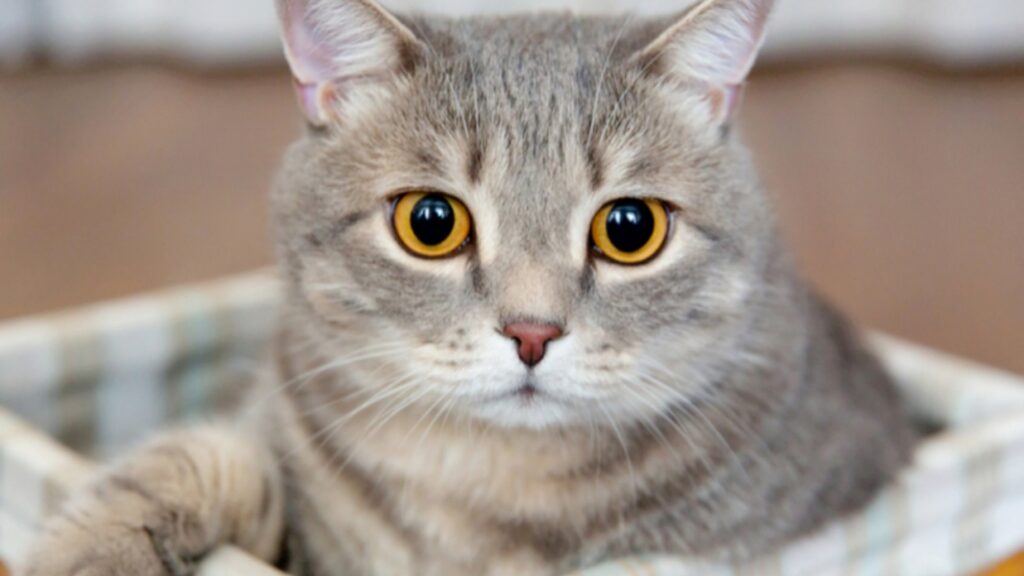Ever wonder why do cats knead? If you’re a cat owner, you’re likely familiar with kneading.
This annoying and sometimes painful behavior makes owners wonder why cats knead.
If you don’t know what kneading is, think of what it means to knead bread.
The cat pushes and pulls each front paw, usually alternating one paw with the next.
While pushing their paw down, their claws usually extend—this is the painful part I mentioned before. As they pull their paw back, the claws retract.
Kneading looks like walking in place. Most people believe it is done to make the area more comfortable.
There are several reasons cats knead, and I’ve researched and talked to my veterinarian about why this cat behavior happens.
Why Do Cats Knead?

Kneading is not a behavior that your cat has to learn. It is instinctual. Kittens begin kneading their mother's mammary glands to express milk.
Kneading stimulates the milk flow. During nursing, oxytocin (also known as the love hormone) is released to help the mother and kitten bond.
Sometimes, this behavior continues into adulthood.
In fact, it's not unusual for domesticated animals to exhibit juvenile traits through adulthood.
Adult cats will usually knead on something soft, and often, they may knead on a person or another pet.
Some experts believe that adult cats will focus this behavior on their human or a favorite furry friend as a replacement for their mother.
Cats see kneading as an affectionate behavior that is used to foster bonds.
Simply put, your cat kneads to show you he's happy and cares.
Kneading is a behavior that is usually exhibited when a cat is feeling safe.
Sometimes, however, injured cats will knead and purr, which experts believe to be an attempt to self-soothe.
When your cat kneads, it also experiences physical changes. Kneading stretches the muscles in your cat's paw, activating scent glands in the paws.
Your cat may use kneading to ‘mark' you as his favorite human.
He may also knead on a favorite napping location to let other pets in the home know that it is his spot.
How To Stop Kneading in Cats
As you can see, kneading is associated with cats in a positive way. It is an innate behavior that shows their love and affection.
For this reason, feline behavior specialists say it is important to avoid punishing your cat for kneading.
While you shouldn't stop your cat from kneading, you should keep his claws trimmed.
I've created a video guide on trimming your cat's nails that you can see here.
You can also cover your lap with a pillow or throw a blanket when your cat climbs up and starts to knead.
Cats are known for being independent, and every cat is certainly their own unique being.
Some cats may want to be pet while kneading, while others may want to knead without interacting with you.
Yes, kneading is a sign that your cat loves you, but you shouldn't be offended if your cat doesn't knead.
Your cat just left kneading behind in his kitten phase. He surely shows his love and happiness in other ways, such as rubbing on you and purring.
READ NEXT: Why Do Cats Get the Zoomies?












